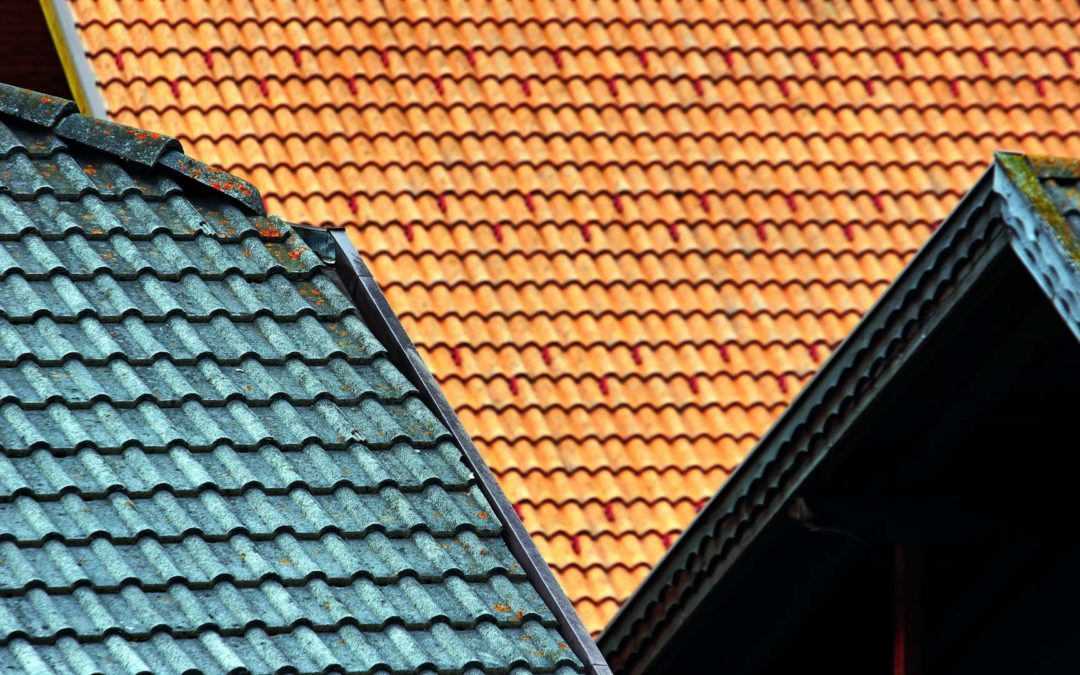We all want to maintain our properties as best possible. This is understandable. At the end of the day, our homes are not only the space where we spend a huge portion of our time, but they also tend to be the biggest financial investment we make in our lives too.
You’re going to want to maintain the space for your own comfort, as well as to get the biggest return possible from your property should you decide to sell it down the line. Now, one area of property maintenance that people often neglect is their roofing – and their roof ventilation in particular.
Here at Christian Brothers Roofing, we understand the sheer importance of quality roof ventilation systems in homes and want to provide you with as much information on the subject as possible. Here are some key points to take away about roof ventilation in particular.
What Is Roof Ventilation?
Let’s start out by understanding what roof ventilation actually is. Put simply, roof ventilation is a series of professionally installed roof vents that allow air to pass in and out of your property and prevents your roof from overheating. As you can imagine, this is particularly important during the warmer months of the year.
This, however, isn’t the only purpose that roof ventilation serves. These useful vents also prevent condensation from building up in your roof, which, in turn, prevents damp conditions. By preventing overheating and condensation, good quality roof vents can prevent damage to the structure of your roof and attic space, as well as preventing the development of mold and other issues that can come hand in hand with further structural damage, bad smells and health risks.
Do I Need Roof Ventilation?
Now, if you live in a cooler or colder climate, you may be wondering, “do I need roof ventilation?” This is understandable, seeing as the main purpose of roof ventilation for most homes is its cooling properties. But you need to be aware that all properties require proper ventilation, no matter where they may be based and what climate you may be living in. Roof ventilation has a role to play in every climate there is. As we noted briefly above, roof ventilation is important when it comes to preventing condensation too. But this isn’t where its benefits end. Here are some others to take into consideration.
- Temperature regulation – the fact that ventilation allows hot or wet air the chance to escape from your roof allows you to regulate the temperature of your property better throughout the year. In the summer, hot air can rise and escape from your property, helping your home to cool and become a more comfortable temperature.
- Prevention of ice dams – in the winter, ice dams can develop when the heat of the sun and warmth of your roof melts snow and ice that may have settled on it. Proper roof ventilation allows moisture to escape from the attic, preventing it from collecting and refreezing inside when temperatures drop again.
Types of Roof Ventilation
There are different types of roof ventilation available on the market, and the right one for your property will depend on your property itself. As our testimonials show, we are experts in everything to do with roofing, so we will be able to recommend the right type of ventilation for your home and budget. Simply get in touch and a member of our team will be able to provide you with tailored recommendations. Some types of ventilation that you might want to consider include:
- Static vents – these vents allow heat to escape from your roof using a convection method.
- Ridge vents without a baffle – these vents also use the convection method, but are place along the whole ridge of your roof.
- Ridge vents with a baffle – these are an active type of vent. They appear the same as the ridge vent without a baffle, but they also have chutes to channel airflow.
- Gable end vents – this vent is installed on the exterior wall of your attic below where the 2 slopes of your roof meet. It uses wind to push air in and out of your attic.
- Turbine vents – these vents use convection to move air around your attic, even when there is no wind present.
- Power vents – this type of vent is installed near the ridge of your roof and uses electricity to actively pull hot air from the attic.
Get In Touch
If you’d like to learn more about roof ventilation, have any questions, or would like to use any of our roofing services, please get in touch and a member of our team will be able to help you further.

